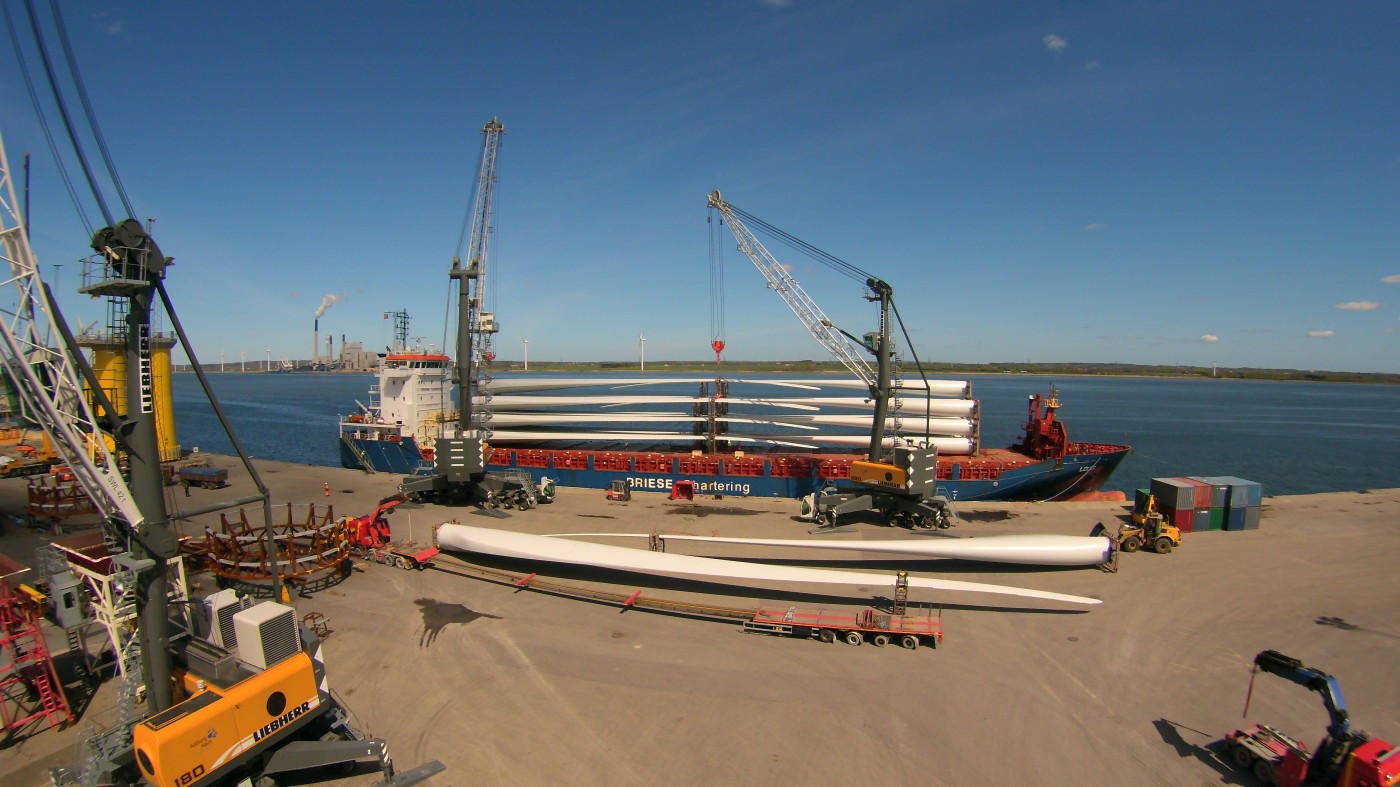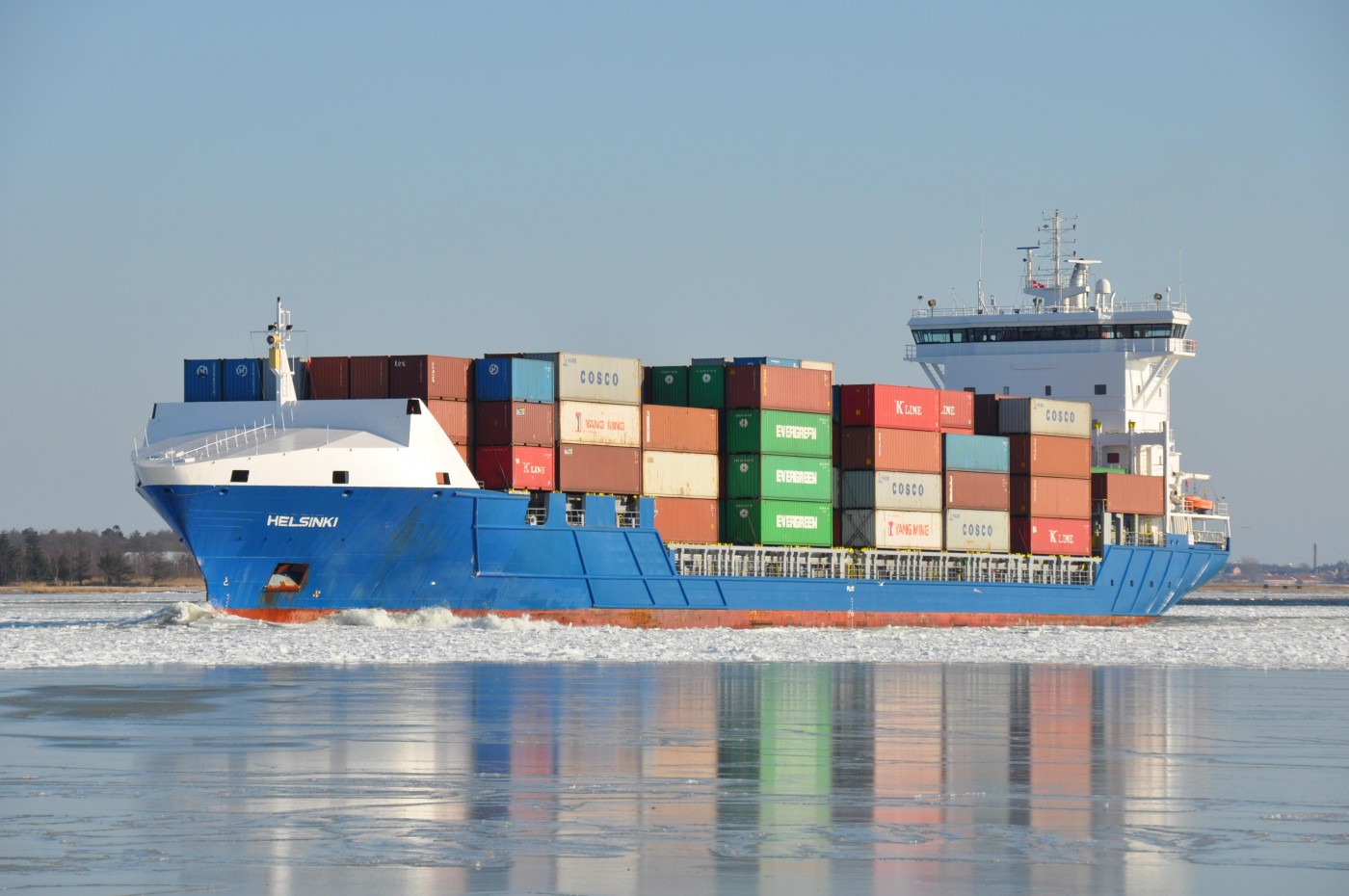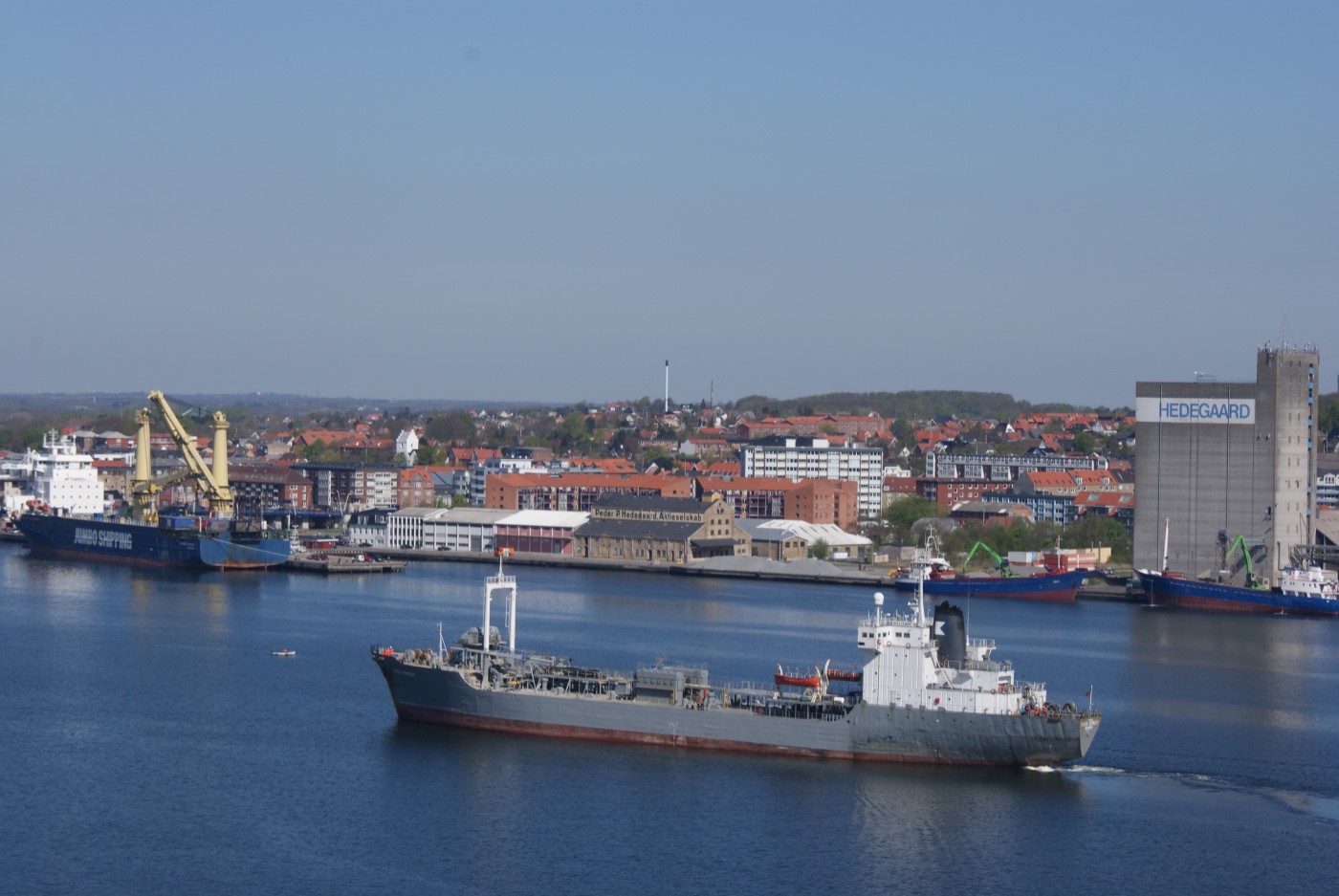01 May 2019
EFIP is very excited to organise its 2019 General Assembly Meeting in Aalborg, hosted by the Port of Aalborg.
Can you describe to us the Port of Aalborg? What are the main characteristics and challenges for your port to achieve the European TEN-T objectives?
Port of Aalborg is situated at the fjord Limfjorden and is the fifth largest commercial port system in Denmark in terms of total cargo volume. The port is mainly located outside the city and own 4.2 million square meters of area in the hinterland with space for long-term development, and nearly 100 companies have established themselves in the area.
Port of Aalborg is an active and rational part of the supply chain for each port client; a hub for all types of freight and all kinds of transport by ship, truck and rail, integrated into the overall service which also includes a Danske Fragtmænd terminal and warehouse. The infrastructure is closely linked to the highway E45, connecting the Port of Aalborg to the rest of Denmark and the European highway network.
These years the port has been undergoing a transformation from a classic harbour to modern inland port and hub for logistics and knowledge-based businesses and manufacturing. For instance, the port is participating in several networks and projects, one of the biggest ones being the EU supported environmental focussed project Miljø++ – a collaboration between the Port of Aalborg, Aalborg University, the energy cluster House of Energy, and numerous local companies and organizations. With “green business models” and “industrial symbioses” as buzzwords its main objectives are:
- The Aalborg area will be the first choice for companies due to smooth and professional environmental management;
- Companies, authorities, and knowledge institutions collaborate on developing industrial symbiosis, innovation and entrepreneurship within the area of environment and resources;
- Ensuring resource optimisation and economic added value in the relationship between companies, ports and surrounding communities.
In EU terms, the Port of Aalborg is qualified to be an inland port. But despite the obvious parallels to other European inland ports, the biggest challenge for the Port of Aalborg is the lack of acknowledgement from the Danish authorities to be formally recognised as an inland port. The Port of Aalborg is an inland waterway and acts accordingly, both legally and in operations. But the port is, as mentioned, not yet recognised in legal terms as a Danish inland port and in some respects that complicates the ability to achieve the TEN-T objectives.

Could you tell us how the Port of Aalborg views the challenges of green growth and climate adaptation?
Climate change adaptation and green growth is increasingly put on the agenda throughout society. In connection to this, the harbour-related sector is occupying a greater role in the enhancement of green growth, as the ‘blue highway’ is the most sustainable transport sector.
The greatest challenge, however, is that the amount of cargo is in decline. We are therefore obliged to find supplementary methods of financing harbours, as these are a continued important player in the logistical circuit. The Port of Aalborg is currently working on great opportunities in its hinterland. The surrounding industrial and commercial area is growing rapidly, and many companies and businesses need help with handling the tasks at hand, especially with the growing challenges from green transitioning and the creation of more sustainable business models – benefitting both individual companies, the Port of Aalborg and other businesses in the surrounding area.
The Port of Aalborg – and other harbours – is facing the opportunity to assert itself by using the strong network and great flow of information to strengthen the symbiosis between customers, carriers and utility companies. Thereby we can contribute to both the knowledge base and green growth.
The open session of our GA meeting on 03 May 2019 will centre around “Climate change mitigation and adaptation”. As an inland port, what tools do you believe you need in order to address this challenge?
We believe in collaboration. Collaboration between all stakeholders in our area. We cannot resolve the tasks at hand on our own – none of us can!
An inland port has got a new role in the infrastructure of the future, where sustainable initiatives and adaptations in relation to the climate play a central role. The Port of Aalborg facilitates the infrastructure which separates the city of Aalborg and our hinterland from the fjord and ocean. All changes in surface water, waste water and process water from our cities, will have to be directed through the harbours, but the waters of the oceans by which our quays are places are pushing in the opposite direction with the estimated rises in water levels. It is therefore critical that the harbours play an active role as facilitators between the stakeholders: our clients, both hinterland and water side; the authorities, who set the requirements; and the businesses, who can create the solutions. The harbours are the natural sparring partner, with the ability to mediate and develop solutions.

What opportunities do you believe a forward-thinking green port can have as climate change become an increasingly important topic?
Inland ports can become first movers, as our range of contacts is vast. It encompasses both clients and neighbours, but it also highly involves other stakeholders such as: authorities, utility companies and, not least, knowledge-based companies. We can therefore help surface the challenges and, in collaboration with these stakeholders, find the right green and climate-friendly solutions. This can be the new growth, occupation and development adventure for the Port of Aalborg, as well as other inland ports.

Related documents
No attachments.
